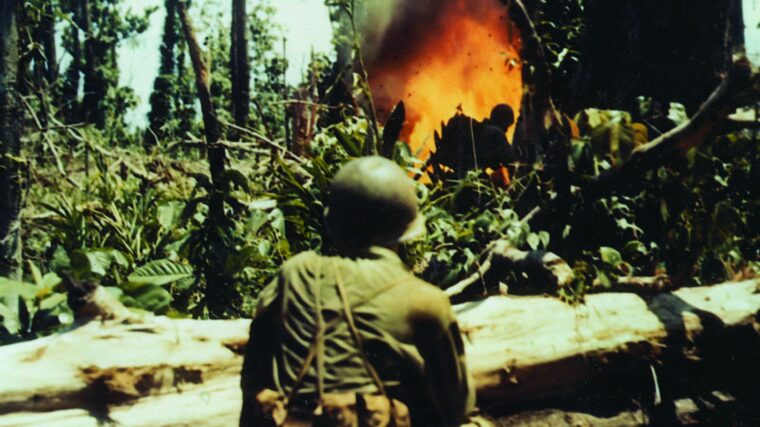
African-Americans
The 93rd Infantry Division: The African-American Soldiers in the Pacific
By Stephen D. LutzOn August 2, 1945, two weeks prior to Japan’s surrender, the highest ranking Japanese officer captured during the war in the Pacific was taken on the island of Morotai, Dutch New Guinea. Read more






















